Accepted Scientific Name: Euphorbia ritchiei subs. nyambensis (S.Carter) Bruyns
Taxon 55(2): 415. 2006 [22 Jun 2006]
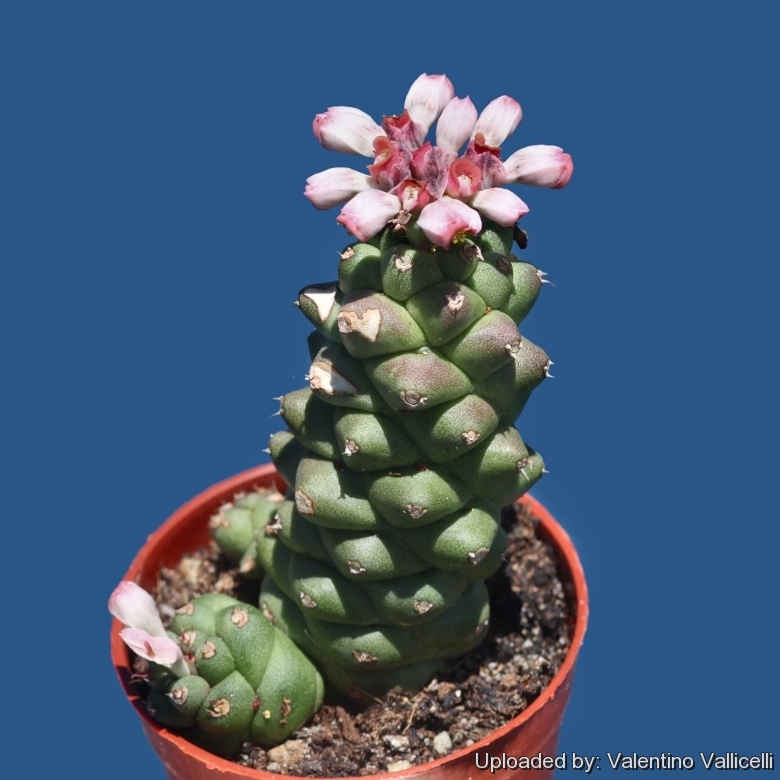
Monadenium ritchiei subs. nyambense (Euphorbia ritchiei subs. nyambensis) Photo by: Valentino Vallicelli
Origin and Habitat: Eastern Africa, Kenya (Meru Distr. NE end of Nyambeni Hills, lagadema Hill)
Type locality: Kenya, Meru District, Lagadema Hill
Altitude range: c. 1150 metres above sea level.
Habitat: Rocky slopes, Monadenium ritchieiSN|12111]]SN|12111]] subs. nyambense grows on a well drained soil in tussock grassland on rocky slopes with some water in summer and none in winter.
Synonyms:
See all synonyms of Euphorbia ritchiei
Description: Monadenium ritchieiSN|12111]]SN|12111]] subsp. nyambense is a small clumping perennial succulent, with a thick fleshy rootstock that form large compact clumps with time. It is a dwarf subspecies distinguished by shorter, thinker and more numerous stems which are very knobby and erect. The leaves are glabrous and has deep pink cyathia (flowers). It is the most widely grown form.
Stems: Erect, decumbent and rhizomatous, thick, dark green, tessellated, numerous, branching above, erect to 15 cm. high and to 3 cm.
Tubercles: Prominent, conical more or less rounded, to 1 x 1.5 cm wide at the base and to 4 mm high, bearing the leaves in usually 5 tightly spiralled series.
Stipular spines: 3-5 surrounding the leaf-scar, small and very short, each to 2.5 mm long but soon breaking off.
Leaves: Sessile, broadly obovate, 2,5-4 cm long, light green deciduous and fleshy, apex obtuse, apiculate, margin entire and minutely crisped. If grown in enough light the leaves (and stems) can take on a purple hue.
Roots: Thickened and fleshy .
Inflorescence (cymes): On stout peduncles to 8 mm long, 1-forked with usually both branches developing, arising in the axils of the tubercles and occasionally flanked by a minute prickle. Bract-cup slightly longer than the involucre, ± 7 x 6 mm, shallowly notched between acute apices and prominent midribs.
Flowers (cyathia): Approx 6 long, 5 mm across. Bract-cup and the whole cyathium bright pink, with a deep red margin to the glandular rim of the involucre. Glandular rim 2.5 mm high. Lobes rounded, 1.2 mm long and broad.
Male flowers: Bracteoles laciniate, puberulous. Stamens 3.3 mm long.
Female flower: Perianth evident in fruit as a 3-lobed rim, to 3 mm in diameter. Styles 1.5 mm long, joined at the base, with thickened rugulose bifid apices.
Fruits (capsules): Exserted on a stout pedicel to 6 mm long, acutely 3-lobed with truncate base, 4.5 long by the same width, and with a pair of narrow fleshy crenulate ridges along the angles.
Seeds: Oblong, obtusely 4-angled, with truncate base, 3 x 1.75 mm, grey, minutely tuberculate; car uncle domed, 1 mm in diameter.
Blooming season: Late in the summer or in autumn, just before or as it goes dormant.
Subspecies, varieties, forms and cultivars of plants belonging to the Monadenium ritchiei group
 Euphorbia ritchiei (P.R.O.Bally) Bruyns: (subsp. ritchiei) has longer pale green, decumbent stems to 60 cm tall and 3 cm wide with tubercles in loosely spiralled series. Has puberulous leaves. Bract-cup greyish green. Distribution: Meru District. SW. of Isiolo.
Euphorbia ritchiei (P.R.O.Bally) Bruyns: (subsp. ritchiei) has longer pale green, decumbent stems to 60 cm tall and 3 cm wide with tubercles in loosely spiralled series. Has puberulous leaves. Bract-cup greyish green. Distribution: Meru District. SW. of Isiolo.- Euphorbia ritchiei subs. marsabitensis (S.Carter) Bruyns: has darkish green stems, branching from the base, rhizomatous and decumbent to 25 cm long and only 2 cm thick. Leaves puberolous. Distribution: Kenya. Northern Frontier Province: Marsabit.
 Euphorbia ritchiei subs. nyambensis (S.Carter) Bruyns: is a dwarf subspecies with short, very knobby pale green stems, erect to 15 cm high and to 3 cm thick. Leaves glabrous. Bract-cup and cyathia entirely deep pink. Distribution: Meru Distr. NE end of Nyambeni Hills, lagadema Hill.
Euphorbia ritchiei subs. nyambensis (S.Carter) Bruyns: is a dwarf subspecies with short, very knobby pale green stems, erect to 15 cm high and to 3 cm thick. Leaves glabrous. Bract-cup and cyathia entirely deep pink. Distribution: Meru Distr. NE end of Nyambeni Hills, lagadema Hill.
Bibliography: Major references and further lectures
1) A. R. Smith, Susan Carter “Flora of Tropical East Africa - Euphorbiaceae” volume 2 CRC Press, 01/Jun/1988
2) Urs Eggli “Illustrated Handbook of Succulent Plants: Dicotyledons” Springer, 2002
3) Arthur John Jex-Blake “Gardening in East Africa: A Practical Handbook” Longmans, Green, 1957
4) Alain Campbell White, Robert Allen Dyer, Boyd L. Sloane “The succelent Euphorbisae (southern Africa)” Abbey garden press, 1941
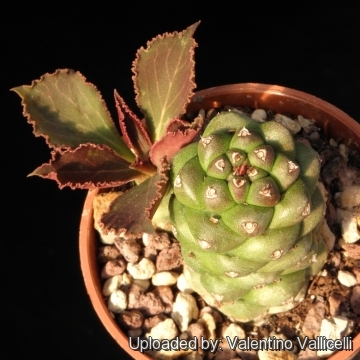 Monadenium ritchiei subs. nyambense (Euphorbia ritchiei subs. nyambensis) Photo by: Valentino Vallicelli
Monadenium ritchiei subs. nyambense (Euphorbia ritchiei subs. nyambensis) Photo by: Valentino Vallicelli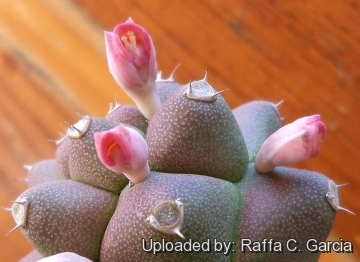 Monadenium ritchiei subs. nyambense (Euphorbia ritchiei subs. nyambensis) Photo by: Raffa C. Garcia
Monadenium ritchiei subs. nyambense (Euphorbia ritchiei subs. nyambensis) Photo by: Raffa C. Garcia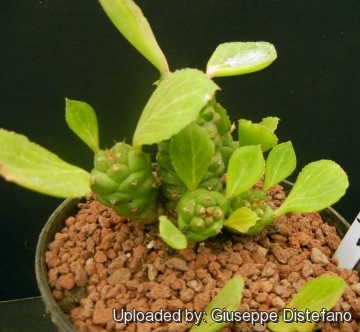 Monadenium ritchiei subs. nyambense (Euphorbia ritchiei subs. nyambensis) Photo by: Giuseppe Distefano
Monadenium ritchiei subs. nyambense (Euphorbia ritchiei subs. nyambensis) Photo by: Giuseppe Distefano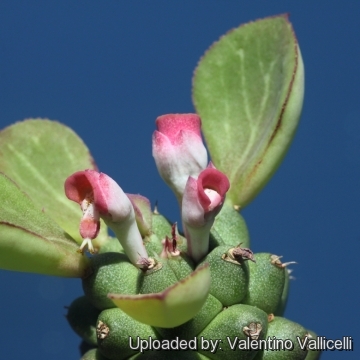 Monadenium ritchiei subs. nyambense (Euphorbia ritchiei subs. nyambensis) Photo by: Valentino Vallicelli
Monadenium ritchiei subs. nyambense (Euphorbia ritchiei subs. nyambensis) Photo by: Valentino Vallicelli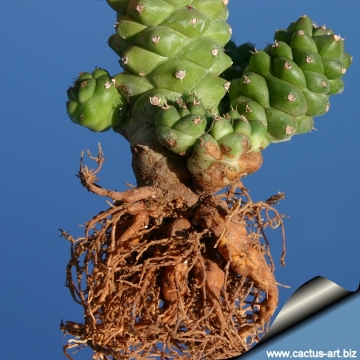 Monadenium ritchiei subs. nyambense (Euphorbia ritchiei subs. nyambensis) Photo by: Cactus Art
Monadenium ritchiei subs. nyambense (Euphorbia ritchiei subs. nyambensis) Photo by: Cactus Art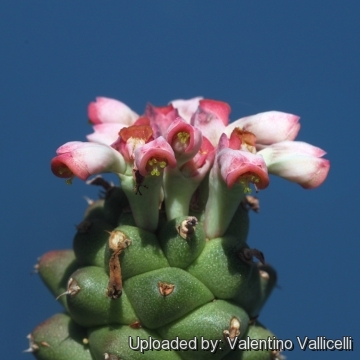 Monadenium ritchiei subs. nyambense (Euphorbia ritchiei subs. nyambensis) Photo by: Valentino Vallicelli
Monadenium ritchiei subs. nyambense (Euphorbia ritchiei subs. nyambensis) Photo by: Valentino Vallicelli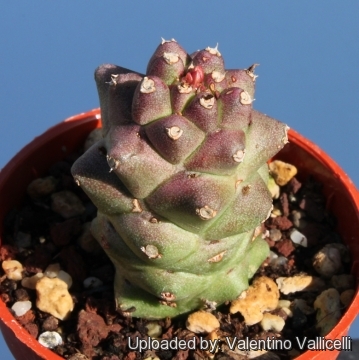 Monadenium ritchiei subs. nyambense (Euphorbia ritchiei subs. nyambensis) Photo by: Valentino Vallicelli
Monadenium ritchiei subs. nyambense (Euphorbia ritchiei subs. nyambensis) Photo by: Valentino Vallicelli Monadenium ritchiei subs. nyambense (Euphorbia ritchiei subs. nyambensis) Photo by: Cactus Art
Monadenium ritchiei subs. nyambense (Euphorbia ritchiei subs. nyambensis) Photo by: Cactus ArtCultivation and Propagation: Monadenium ritchieiSN|12111]]SN|12111]] is easy to grow, it spreads by underground shoots and forms large clumps with time and therefore requires a broader pot. It must be grown very hard in the nursery as close to the natural conditions as possible. This ensures that it keeps its compact habit. It will shed leaves quickly with changes in light and when conditions become dry (Don't panic its normal!)
Soil: It does best in a mineral soil, but is tolerant of a wide range of soil types. Good drainage is essential. In pots give the plant an airy growing medium which mainly consists of non organic material such us clay, pumice, lava grit, and only a little peat or leaf-mould.
Repotting: Repot every two years in very later winter, early spring.
Watering: Water sparingly from March to September. No water should ever be allowed to stand around the roots. Keep almost completely dry in winter.
Frost tolerance: Due to its African origin it cannot tolerate freezing temperature but should be able to handle 7 degrees Celsius very easily. However, that species seems to hate being wet for any extended period and rot easily especially in winter if overwatered.
Rot: Rot it is only a minor problem with Monadeniums if the plants are watered and “aired” correctly. If they are not, fungicides won't help all that much.
Sun Exposure: Light shade, but can tolerate a sunny position, and a plant that has been growing in shade should be slowly hardened off before placing it in full sun as the plant will be severely scorched if moved too suddenly from shade into sun.
Propagation: The plant can be reproduced by seeds or cuttings. If you remove an offset, remember to let it dry for some days, letting the wound heal (cuttings planted too soon easily rot before they can grow roots). Lay it on the soil and insert the stem end partially into the substrate. Try to keep the cutting somewhat upright so that the roots are able to grow downward.
Your Photos
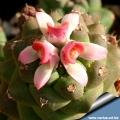
by Cactus Art
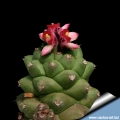
by Cactus Art
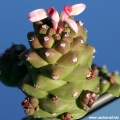
by Cactus Art
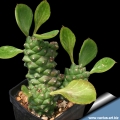
by Cactus Art






















